In the realm of commercial transportation, the efficiency and reliability of semi-trailers play a pivotal role in ensuring timely deliveries and operational excellence. A fundamental component influencing these factors is the gas tank size of an 18-wheeler. At CarMax Vehicle, we recognize the importance of optimizing fuel storage to enhance performance and reduce downtime. This article delves deep into the intricacies of 18-wheeler gas tank sizes, exploring various dimensions that affect their capacity, usage, and overall impact on fleet management.
Standard Gas Tank Capacities for 18 Wheelers
Understanding the typical gas tank sizes is essential for fleet managers and operators aiming to maximize efficiency. An 18-wheeler, also known as a semi-truck or tractor-trailer, generally comes equipped with multiple fuel tanks to cater to long-haul journeys.
Common Configurations
| Fuel Tank Configuration | Capacity per Tank | Total Capacity |
|---|---|---|
| Single Tank Setup | 150 gallons | 150 gallons |
| Dual Tank Setup | 100 gallons each | 200 gallons |
| Triple Tank Setup | 80 gallons each | 240 gallons |
Most 18-wheelers feature dual or triple tank setups, providing a balanced approach to fuel storage and weight distribution. This configuration not only extends the vehicle’s range but also ensures redundancy in case of a tank failure or leakage.
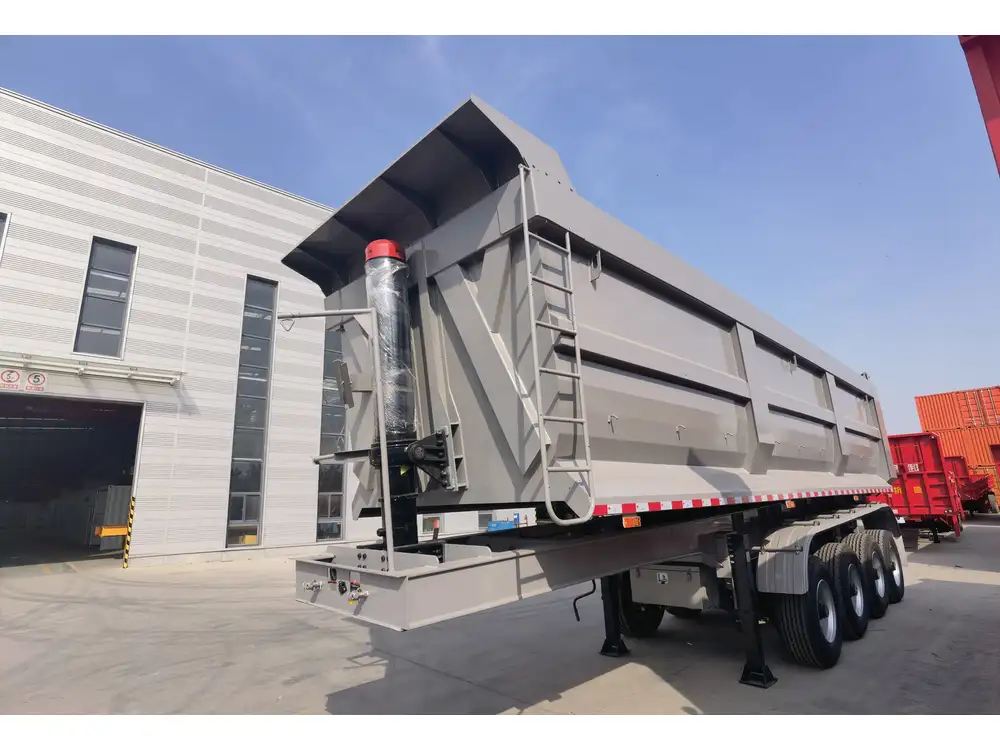
Factors Influencing Gas Tank Size
Several elements contribute to the determination of an 18-wheeler’s gas tank size. These factors are meticulously considered during the design and manufacturing processes to align with industry standards and operational requirements.
Vehicle Type and Purpose
The primary function of the semi-trailer dictates the fuel tank size. Long-haul trucks require larger tanks to cover extensive distances without frequent refueling, whereas regional or local trucks might opt for smaller tanks to reduce overall weight and improve maneuverability.
Engine Efficiency
Advancements in engine technology have led to improved fuel efficiency, allowing for smaller gas tanks without compromising the vehicle’s range. High-efficiency engines can minimize fuel consumption, balancing the need for adequate fuel storage with weight considerations.

Regulatory Standards
Regulatory bodies impose specific guidelines on fuel tank capacities to ensure safety and environmental compliance. These regulations vary by region but generally limit the size and placement of fuel tanks to mitigate risks during transport.
Weight Distribution and Load Capacity
Fuel tanks contribute to the overall weight of the vehicle. Optimal weight distribution is crucial for maintaining stability and handling, especially under varied load conditions. Manufacturers like CarMax Vehicle meticulously design tank placements to ensure balanced weight distribution without exceeding payload capacities.
Impact of Gas Tank Size on Fleet Operations
The size of a semi-truck’s gas tank has profound implications on various aspects of fleet management, from operational costs to maintenance schedules.
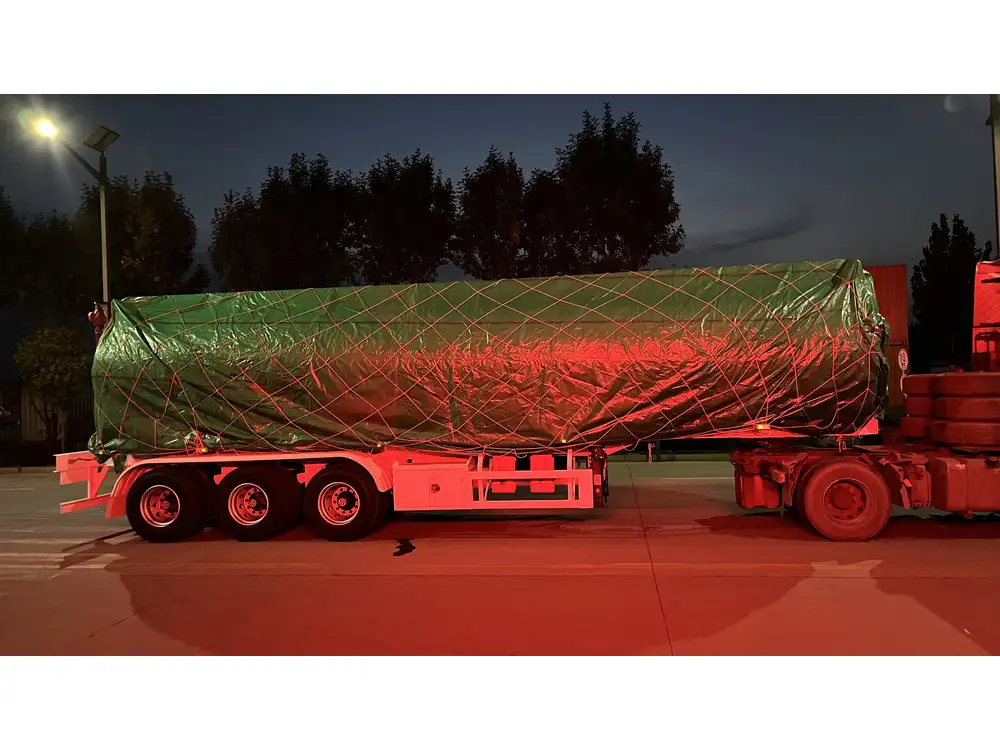
Range and Refueling Frequency
A larger gas tank extends the vehicle’s operational range, reducing the need for frequent refueling stops. This is particularly advantageous for long-haul routes, where extended travel without interruptions enhances productivity and reduces transit times.
Operational Costs
While larger tanks offer extended range, they also increase the initial cost and weight of the vehicle. Balancing tank size with operational budgets is crucial. Efficient fuel management strategies can offset the costs associated with larger tanks by optimizing fuel consumption and reducing downtime.
Maintenance and Durability
Fuel tank size influences maintenance schedules. Larger tanks may require more frequent inspections to ensure integrity and prevent leaks. However, advancements in tank materials and construction by manufacturers like CarMax Trailer enhance durability, minimizing maintenance needs and prolonging tank lifespan.

Comparing Gas Tank Sizes Across Different Models
Evaluating gas tank sizes across various semi-trailer models provides valuable insights into choosing the right configuration for specific operational needs.
CarMax Trailer Models Overview
| Model | Tank Configuration | Total Capacity | Best Suited For |
|---|---|---|---|
| CarMax ProX | Dual 110 gallons | 220 gallons | Long-haul transportation |
| CarMax Eco | Triple 90 gallons | 270 gallons | Heavy freight routes |
| CarMax Compact | Single 150 gallons | 150 gallons | Urban and regional use |
Each CarMax Trailer model is designed with distinct fuel tank configurations to cater to diverse transportation requirements. The ProX model emphasizes balance, the Eco model maximizes capacity for heavy routes, and the Compact model prioritizes maneuverability for urban environments.
Regulatory Compliance and Safety Standards
Adhering to regulatory standards is non-negotiable in the design and operation of semi-trailers. Fuel tank sizes must comply with national and international regulations to ensure safety and environmental protection.

Key Regulatory Bodies
- Federal Motor Carrier Safety Administration (FMCSA): Governs fuel tank dimensions and placements in the United States.
- European Union Regulations: Sets stringent standards for fuel tank safety and emissions in Europe.
- Local State and Provincial Laws: Additional regulations may apply, varying by region.
Safety Features
Modern gas tanks incorporate numerous safety features to prevent accidents and mitigate risks:
- Spill-Proof Designs: Minimizing fuel spillage during accidents.
- Fire-Resistant Materials: Reducing the risk of fires in the event of a collision.
- Overflow Prevention Systems: Preventing fuel overflow during refueling.
CarMax Trailer ensures all models meet or exceed these safety standards, providing peace of mind to fleet operators and drivers alike.
Fuel Efficiency and Environmental Considerations
The interplay between gas tank size and fuel efficiency is critical for both economic and environmental sustainability.

Optimizing Fuel Consumption
Larger tanks can lead to increased fuel weight, slightly reducing overall fuel efficiency. However, the extended range often compensates by reducing the number of trips required for refueling, enhancing overall operational efficiency.
Emissions and Environmental Impact
Efficient fuel management directly impacts greenhouse gas emissions. By optimizing tank sizes and improving fuel efficiency, CarMax Vehicle contributes to lower carbon footprints for transportation fleets. Additionally, compliance with emission standards ensures environmentally responsible operations.
Technological Innovations in Fuel Tank Design
Advancements in technology have revolutionized the design and functionality of gas tanks in 18-wheelers, leading to enhanced performance and safety.

Smart Fuel Management Systems
Integrating smart sensors and telemetry systems allows for real-time monitoring of fuel levels, consumption rates, and tank integrity. These systems provide valuable data for optimizing fuel usage and scheduling maintenance proactively.
Lightweight Materials
The use of lightweight, durable materials in fuel tank construction reduces overall vehicle weight without compromising capacity or safety. This innovation leads to improved fuel efficiency and payload capacities, offering a competitive edge to fleet operators.
Modular Tank Designs
Modular fuel tank systems offer flexibility in configuration and capacity. Fleet operators can customize their tanks based on specific route demands and operational needs, ensuring optimal performance across diverse environments.

Choosing the Right Gas Tank Size for Your Fleet
Selecting the appropriate gas tank size involves a comprehensive analysis of various factors to align with your fleet’s operational requirements and strategic objectives.
Assessing Operational Routes
Evaluate the typical routes your fleet covers. Long-haul routes benefit from larger tanks, while regional or urban routes may prioritize smaller, more maneuverable tanks to enhance efficiency and reduce costs.
Balancing Capacity and Weight
Striking the right balance between fuel capacity and vehicle weight is essential. Larger tanks offer extended range but add to the vehicle’s weight, potentially impacting fuel efficiency and payload capacities. CarMax Trailer offers tailored solutions to optimize this balance based on your specific needs.
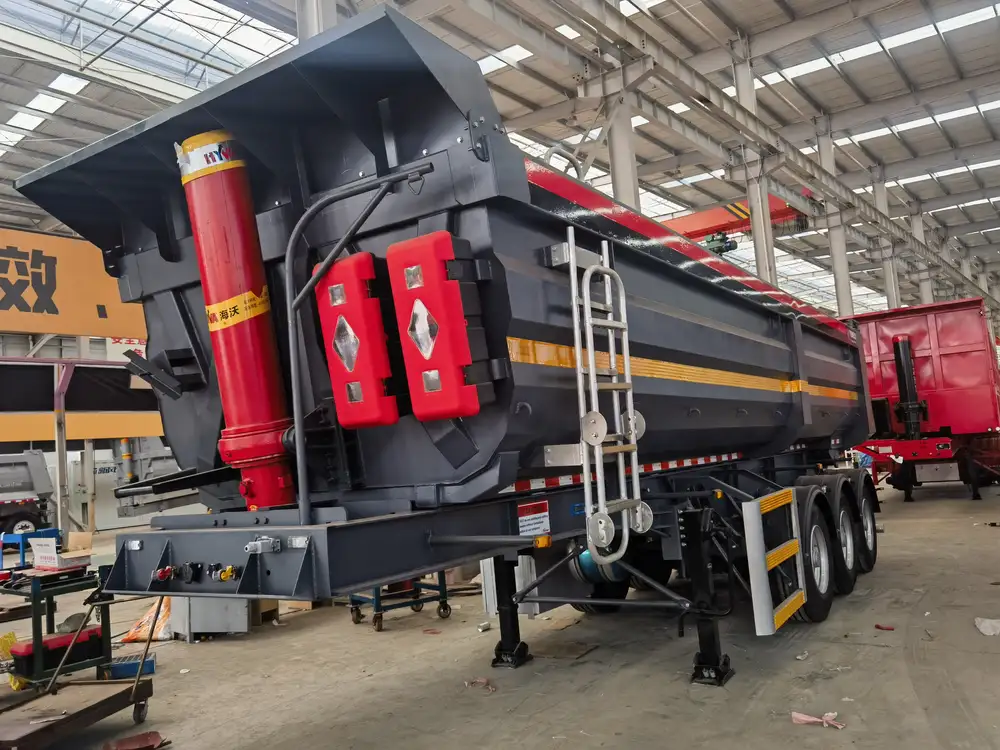
Cost-Benefit Analysis
Conduct a thorough cost-benefit analysis to determine the most economical tank size. Consider factors such as initial investment, maintenance costs, fuel prices, and potential savings from reduced downtime and increased efficiency.
Future-Proofing Your Fleet
Anticipate future operational changes and growth. Investing in adaptable and configurable fuel tank systems can provide the flexibility to scale your fleet’s capabilities as business demands evolve.
CarMax Vehicle’s Commitment to Excellence
At CarMax Vehicle, we prioritize delivering semi-trailers that meet the highest standards of performance, safety, and efficiency. Our expertise in fuel tank design ensures that our customers receive reliable and optimized fuel storage solutions tailored to their unique operational needs.

Customized Solutions
We collaborate closely with fleet operators to design and manufacture trailers with fuel tank configurations that align with their specific requirements. Whether it’s extended range, enhanced fuel efficiency, or regulatory compliance, CarMax Trailer provides bespoke solutions for every challenge.
Superior Craftsmanship
Our manufacturing processes incorporate the latest technological advancements and stringent quality control measures. This commitment to excellence guarantees that our gas tanks are durable, safe, and efficient, offering long-term value to our customers.
Comprehensive Support
From initial consultation to after-sales service, CarMax Vehicle offers comprehensive support to ensure your fleet operates smoothly and efficiently. Our team of experts is dedicated to helping you optimize your fuel management strategies and achieve operational excellence.
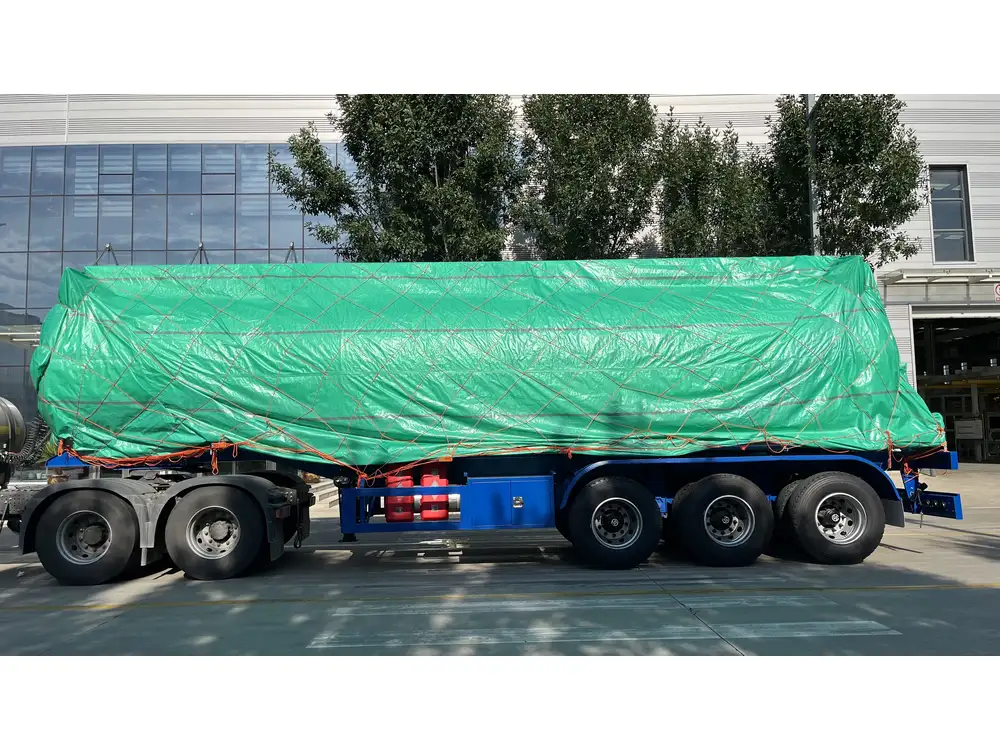
Future Trends in Gas Tank Technologies
The transportation industry is continually evolving, with emerging trends shaping the future of gas tank technologies in 18-wheelers.
Alternative Fuels and Hybrid Systems
The shift towards alternative fuels such as LNG, CNG, and hybrid-electric systems is influencing fuel tank designs. These innovations aim to reduce reliance on traditional diesel fuels, lower emissions, and enhance fuel efficiency.
Autonomous and Connected Trucks
Advancements in autonomous driving and connected vehicle technologies require sophisticated fuel management systems. Smart tanks integrated with vehicle telemetry can optimize fuel usage and maintenance in real-time, supporting the future of autonomous fleets.
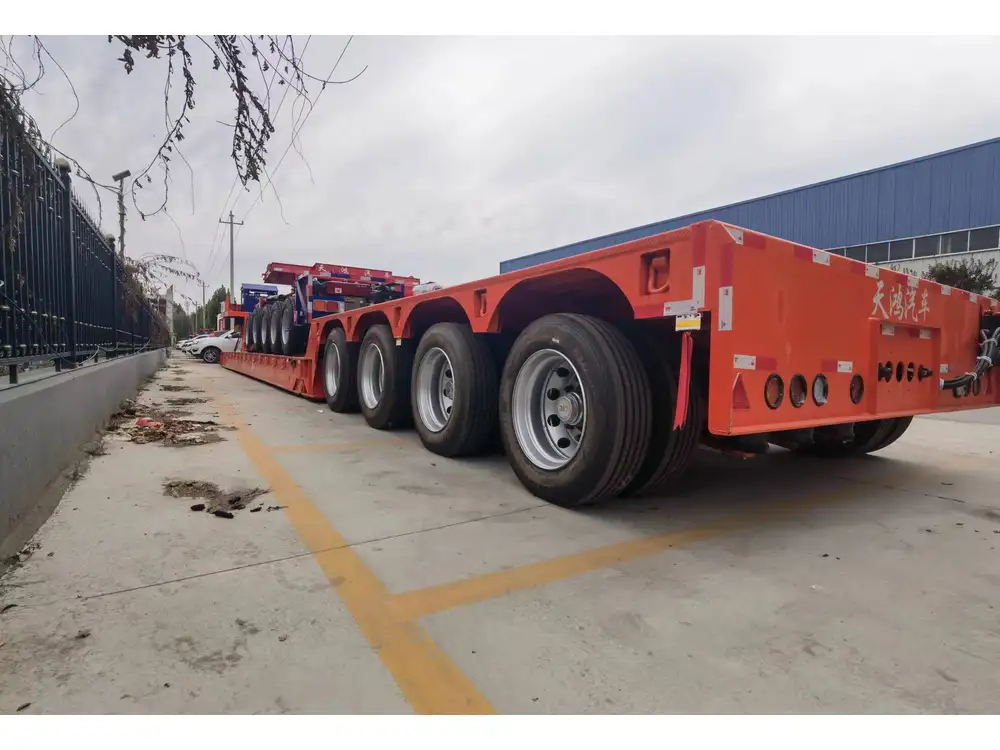
Sustainable Materials and Eco-Friendly Designs
Sustainability is a growing priority, prompting the use of eco-friendly materials and manufacturing processes. Future gas tanks are likely to incorporate recyclable materials and designs that minimize environmental impact while maintaining functionality and safety.
Conclusion
The size of an 18-wheeler’s gas tank is a critical factor influencing fuel efficiency, operational range, and overall fleet performance. At CarMax Vehicle, we understand the complexities involved in selecting and designing the optimal fuel tank configuration. By considering factors such as vehicle type, engine efficiency, regulatory standards, and technological advancements, we provide tailored solutions that meet the diverse needs of modern transportation fleets. Investing in the right gas tank size not only enhances operational efficiency but also contributes to cost savings and environmental sustainability. Partner with CarMax Trailer to elevate your fleet’s performance with our expertly crafted fuel storage solutions.
Frequently Asked Questions

1. What is the average fuel capacity of an 18-wheeler?
The average fuel capacity of an 18-wheeler ranges between 200 to 300 gallons, typically configured in dual or triple tank setups to provide a balance between range and weight distribution.
2. How does gas tank size affect an 18-wheeler’s fuel efficiency?
Gas tank size can influence fuel efficiency indirectly. Larger tanks add weight, which may slightly reduce fuel efficiency. However, they extend the vehicle’s operational range, potentially reducing the frequency of refueling stops and improving overall efficiency.
3. Are there safety regulations governing the size of gas tanks in semi-trucks?
Yes, regulatory bodies such as the FMCSA and European Union have specific guidelines regarding the size, placement, and construction of gas tanks in semi-trucks to ensure safety and environmental compliance.
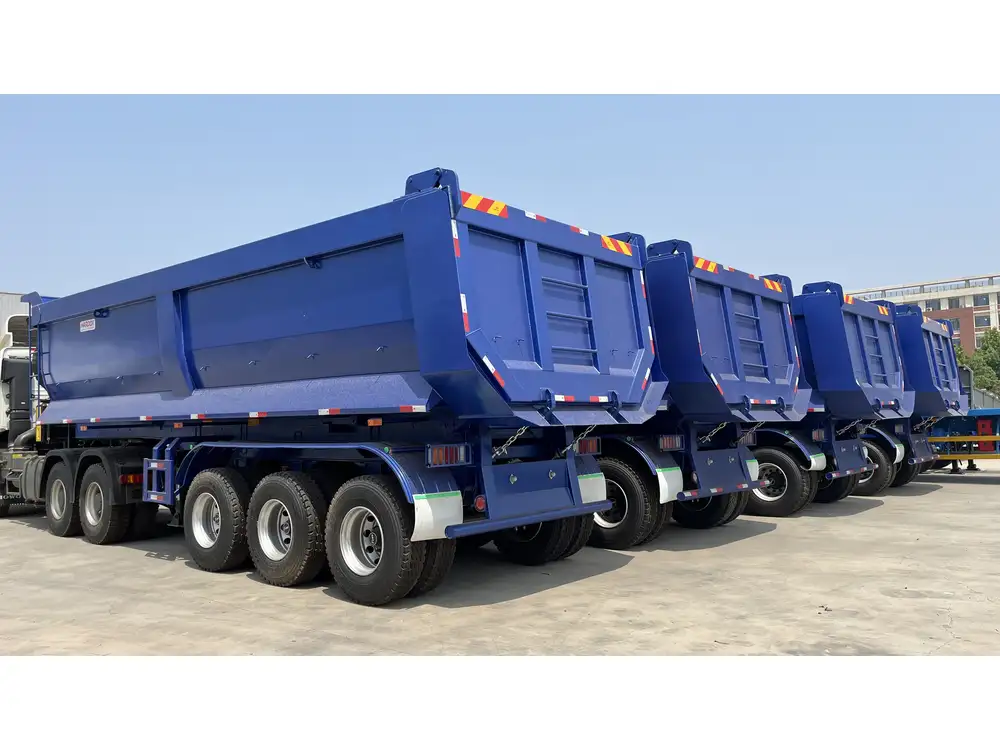
4. Can CarMax Trailer customize gas tank configurations for specific fleet needs?
Absolutely. CarMax Trailer offers customized fuel tank configurations tailored to meet the unique operational requirements of different fleets, ensuring optimal performance and efficiency.
5. What technological advancements are enhancing gas tank designs in 18-wheelers?
Recent advancements include smart fuel management systems, lightweight and durable materials, modular tank designs, and integration with telemetry systems, all aimed at enhancing fuel efficiency, safety, and operational flexibility.



